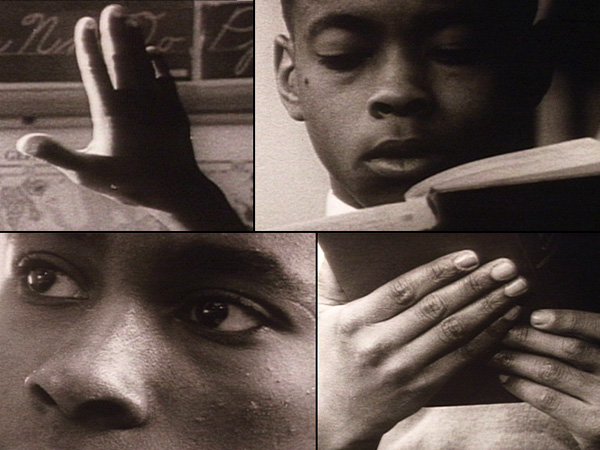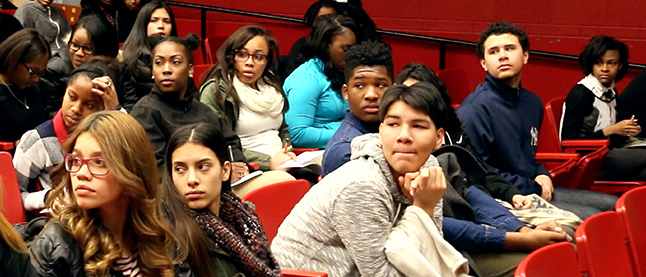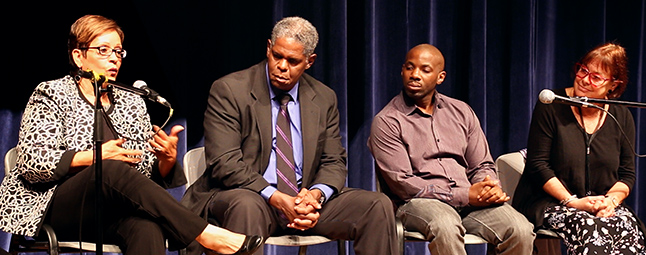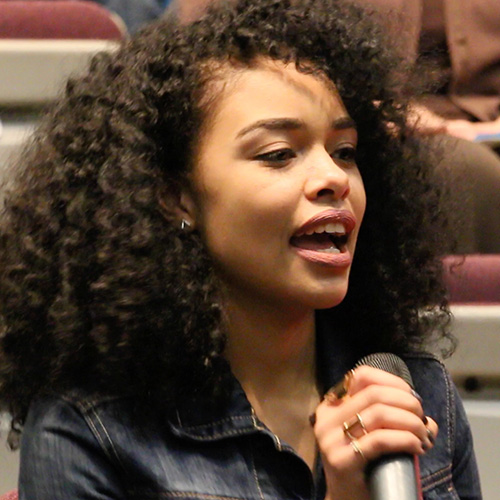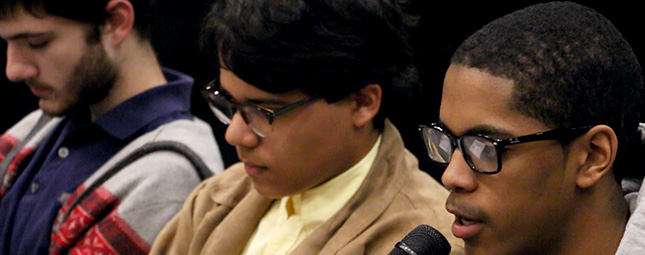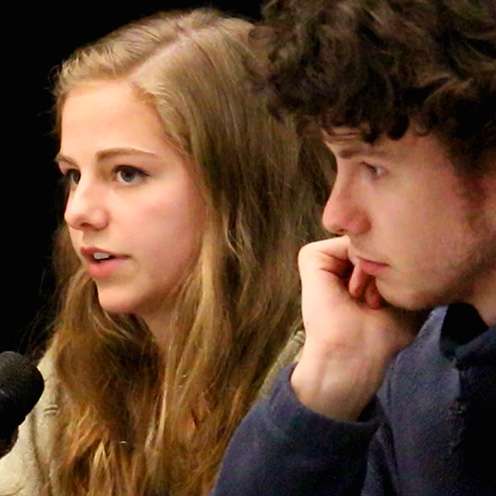Celebrating 100 Years of James Baldwin’s Life & Work
Building on the Classic Film Biography "JAMES BALDWIN: THE PRICE OF THE TICKET"
- D i g i t a l C u r r i c u l u m I n i t i a t i v e -
O v e r v i e w
- “ Our Outreach & Engagement events have already brought Baldwin
to thousands of students. Now educators and parents are asking for
Lesson Plans. ”
- During our past year and a half on the road, co-hosting BALDWIN film screenings + talkbacks with hundreds of schools, libraries, art centers, civic groups, churches
and prisons, we’ve received repeated requests for a James Baldwin curriculum: ideally, an easily adaptable set of teaching tools that make the topic feel ‘fresh’ – both visually and culturally engaging.
The result? With the help of development grants from Connecticut Humanities, Massachusetts Humanities and the NEA, the creation of a multimedia Digital Curriculum – downloadable and adaptable – is the James Baldwin Project’s next goal.
Designed to bring Baldwin's history, writings and exploration of brotherhood to the next generation, this curriculum will be scaled to suit a variety of ages and classrooms. Our primary focus will be high school, community college and beyond; we will also serve middle school populations.
Once completed, our Baldwin Curriculum will include a mix of Study Guides, Lesson Plans, Social Identity Workshops & Performance Prompts, all multimedia, all easy to adapt to existing courses of study, and all created by a stellar group of educators. As with all of our Outreach & Engagement initiatives, it will be community-based: both lesson plans and events will be custom-designed by participants. Text elements will include fiction and non-fiction excerpts, primarily from Baldwin but also from critics and scholars. Multimedia elements – many excerpted from our newly re-mastered ‘digital BALDWIN’ – will include archival graphics, still photos, audio segments and video clips. These archival components are key: their inclusion will help students experience the power of Baldwin as a ‘secular preacher’ on a first-person level, then help them situate Baldwin in a wider social and historical context. Both current events and 21st-century cultural elements will also add context, from hip-hop lyrics (Kendrick Lamar, Macklemore) to comedians’ riffs (Chris Rock), from newspaper columnists (Charles Blow) to our current National Book Award winner
Ta-Nehisi Coates ... all of whom reference Baldwin.
- “ This goes beyond ‘Teaching Baldwin.’ His words not only illuminate
multiple disciplines – literature, history, theater, music, social justice,
gender studies, ethics, religion –
but also help us explore what it
means to be human.
”
- Basically, we are ready to go. Our Curriculum Team is already in place: Senior Baldwin Scholars, Supervisory Professors, Curriculum Specialists, Social Justice Educators and Master Teachers (with specialties ranging from Language Arts to Critical Race Theory).
Our plan of action includes curriculum creation, in-class beta-testing, educator development workshops and school-based event presentations. Work will begin as soon as we raise the funds required to access grants already awarded.
We know there is a need for this. From Boys & Girls Clubs in Omaha, Nebraska, to public high schools in Bridgeport & Hartford, Connecticut, from New York University to the University of California Merced, from Quinebaug Valley Community College to Southern Oregon University, from Stanford to Yale, we’ve already brought Baldwin to thousands of students. We've even collaborated with California’s Prison University Project, bringing Baldwin to inmates at San Quentin prison. Just this year, with our help, one of our Baldwin Project Scholar/Advisors inaugurated a freshman honors course on Baldwin, to be taught at the University of Connecticut for the next three years. And that’s just the beginning: we have a waiting list of educational institutions who plan to bring Baldwin to their students once our curriculum is available.
- “ Please help us open minds and change lives by supporting this
important initiative. Matching funds must be raised in order to
‘unlock’ grants already awarded. ”
- Why is this needed?
In many ways, Baldwin is timeless. For young people in particular, he serves as a surprising ‘reality check.’ His words still sound fresh, his message on target: painfully in sync with current events. While studying his life, students can compare their own lives – and the videos they see on YouTube – to historical precedents. They can also link him to artist-activists whom they admire today: they can learn that social change is inspired not just by political speeches and legislation but also by art & emotion. Personal interaction.
This project goes beyond ‘Teaching Baldwin.’ With him as their catalyst, students can learn to look beyond labels like race and religion. Consider what people share instead of what divides them. Appreciate individual potential and value. Decide what they’d like to change in the world that we share … and then explore what they can change, and how.
Baldwin’s message is simple: “If you alter, even by a millimeter, the way people look at reality, you can change it.” We see this as a call to action.
Download a PDF of this Overview.
Curriculum Initiative Funded by:
MassHumanities
National Endowment for the Arts
Stan & Joanne Marder
